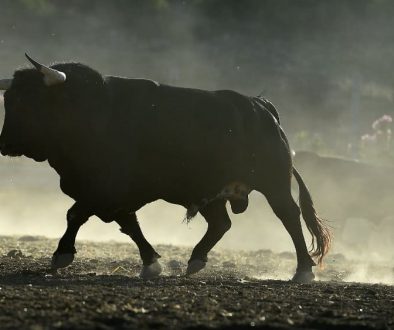BothKingfisher(LSE: KGF)andMark and Spencer(LSE: MKS) are in the midst of a recovery plan but a plan is only as good as its execution. So which out of the two isshowing signs of a turnaround and which one must try harder to deserve a place in your portfolio?
On track
Kingfisher, Europes largest home improvement retailer and owner of both B&Q and Screwfix, has been hard at work since implementing the One Kingfisher strategy announced in January. The five-year plan targets a 200% increase in profits toaround 600m, the majority of which will be returned to shareholders.
This will be achieved mainly through providing a unified offer the same products presented in the same way across all its brands. Thats B&Q and Screwfix in the UK and Castorama and Brico Dpt in Europe. The thought process behind this plan is that with a unified offer, Kingfisher can leverage its buying power, approximately 7bn, and negotiate a larger discount from suppliers.
Is this plan on track? It would certainty seem so, at least according to its most recent quarterly report, released on 24 May, revealing a 5.1% increase in total sales compared to a year earlier. The trade-focused businesses Scewfix & Brico Dpt have continued to do well but the consumer-facing B&Q and Castorama chains are suffering. This somewhat justifies Kingfishers decision to close someB&Q stores and the good news is that Kingfisher has now closed 40 out of the target of 65 locations.
Kingfisher currently trades on a price-to-earnings (P/E) multiple of around 15, which is just above its historical average of 14. Although the current dividend yield of 2.7% isnt the most attractive, the turnaround plan is compelling and this should bealong-term buy with rewards ahead as the company has only returned 78m of the 600m target to shareholders to date.
If Steve cant do it, who can?
Id marked Marks & Spencer as a hold at best in the short term and fully expected its share price to soften as its earnings report drew closer, yetin the days before results days (25 May) the performance wasnt too bad.But its share price suffered its worst trading day in seven years on 25 May as it slumped 10%. And it was the usual suspect, its clothing division, which accounts for about 60% of M&Ss profit, that proved a drag on top-line growth as it declined2.9% onthe year.
In keeping with recent trends, food sales were once again the highlight for M&S as it posted a 0.2% increase in like-for-like sales. The M&S turnaround needis clear cut: it needs to keep up the good work in its food division and reignite the affinity its most loyal customer the 50-year-old woman used to have for its clothing. To do this, the plan is to lower prices, rein-in markdowns, boost quality, and rationalise a sprawling offer.
Rome wasnt built in a day and M&Ss fortunes wont turn overnight, chief executive Steve Rowe needs time to leverage his 26 years of M&S experience to drastically improve the retailer. Yet this is a long-term opportunity and the overreaction seen in the share price offers a favourable entry point for the stock thatscurrently yielding 4.5%.
Yasin Ebrahim has no position in any shares mentioned. The Motley Fool UK has no position in any of the shares mentioned. We Fools don’t all hold the same opinions, but we all believe that considering a diverse range of insights makes us better investors.





